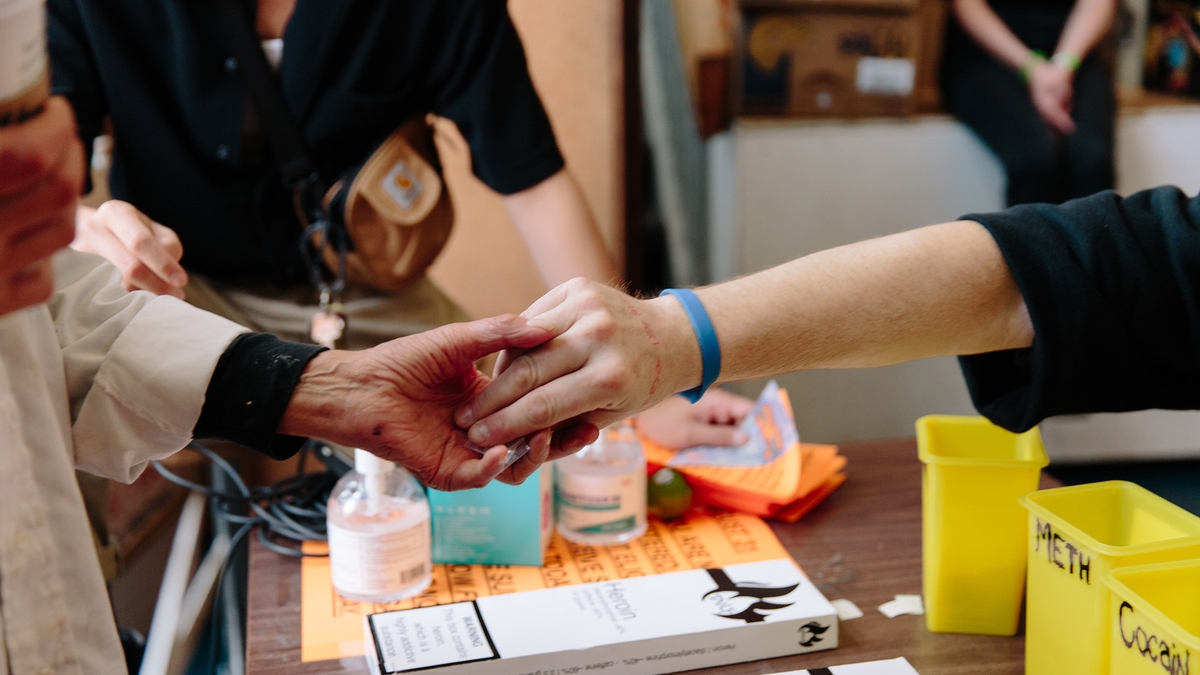
Canada’s Mental Health and Addictions Minister, Ya’ara Saks, has recently defended the government’s decision to support prescribing pharmaceuticals to drug users as a means to combat the country’s escalating overdose crisis. The Minister believes that criticism of this decision is mainly rooted in fear and stigma surrounding drug use. This issue has sparked a nationwide debate, plunging into the depths of harm reduction strategies, the operation of supervised consumption sites, and federal funding for safer supply programs.
The Overdose Crisis and the Role of COVID-19
According to data from the Public Health Agency of Canada, the country witnessed an average of 23 people losing their lives to drug overdoses each day last year. The number of opioid-related deaths has surpassed 40,000 since 2016. The already dire situation has been further exacerbated by the COVID-19 pandemic, which has led to a more contaminated drug supply and an uptick in people using drugs alone and in heavier doses.
Safer Supply Programs: A Lifeline Amidst the Crisis
In response to the crisis, the federal government has adopted an approach known as ‘safer supply’, which involves prescribing pharmaceutical alternatives to users at high risk of overdosing. This initiative aims to reduce the consumption of toxic street drugs, thereby saving lives. Safer supply programs have been piloted in British Columbia, New Brunswick, and Ontario with funding from Ottawa. The opioid hydromorphone has been reported as the most commonly prescribed replacement.
Successes and Challenges of the Safer Supply Approach
A federally-commissioned review of these pilots found a decreased risk of overdoses and that drug users were able to obtain drugs more safely than through street dealers or sex work. However, the approach is not without its challenges. A looming concern is the potential for diverted narcotics to end up in the hands of minors, a worry echoed by federal Conservative Leader Pierre Poilievre, who has vowed to cut federal funding for safer supply programs if elected.
Confronting Fear and Stigma: The Need for Compassion and Trust
In spite of the political pushback and concerns around diversion, Minister Saks has staunchly defended the continued funding of safer supply programs as necessary to save lives. She emphasizes the need for compassion and trust in leading the discussion on this matter. The Minister also acknowledges the importance of helping communities understand and come to terms with the realities of a toxic drug supply poisoning their communities.
The Wider Debate: Open Drug Use and Harm Reduction
Concurrently, the surge in open drug use in Canada has intensified the debate. The public’s unease over open drug use in parks, buses, and playgrounds intersects with the larger narrative of how to combat the country’s overdose epidemic. Advocates of harm reduction argue that drug users are a persecuted minority and should not be compelled to stop, while others believe that even a compassionate society must enforce some rules and standards. The shift towards a harm reduction approach is evident, with health clinics handing out sterile needles and supervised consumption sites being established.
In conclusion, the government’s decision to support safer supply programs is a complex issue, intertwined with societal perceptions of drug use, community safety, and the urgent need to curb the overdose crisis. As the debate continues, what remains clear is that solutions need to be multi-faceted, involving not only harm reduction strategies but also broader societal changes to address stigma and fear, as well as the underlying causes of drug use such as homelessness and mental health issues.
